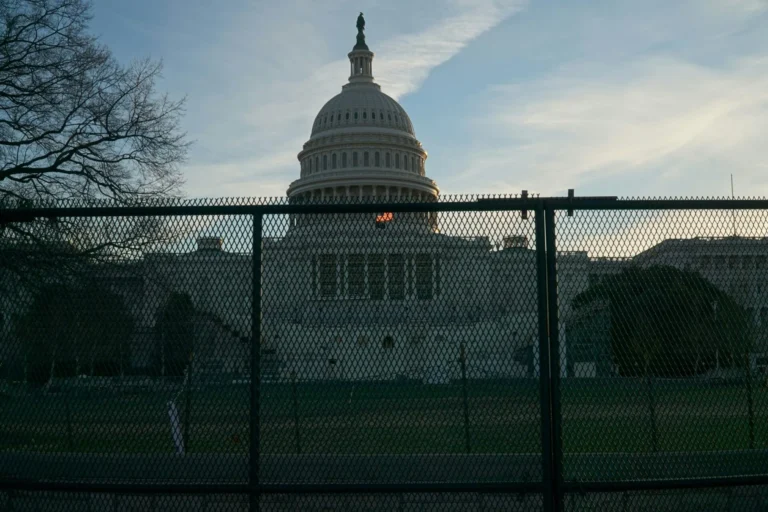If Bush officials ‘cannot determine the sources of a sectarian attack, that assault does not make it into the data base.’ The Hidden War in IraqBy Cliff Montgomery – Nov. 19th, 2007House Democrats passed a $50 billion bill for the fruitless-nation-building of Iraq late Wednesday which would finally force George W. Bush to begin bringing home regular troops within weeks, and finishing his misadventure in that nation by December 2008.As of now the legislation probably has little chance of passing in the more conservative Senate–and practically no chance of overcoming a Bush veto.”The fact is, we can no longer sustain the military deployment in Iraq,” House Speaker Nancy Pelosi (D-CA) told reporters.”Staying there in the manner that we are there is no longer an option,” she added.But in fact the cost of the Iraq mess–in terms of dollars, military strength and the lives of innocent Iraq citizens–is much greater than the Bush Administration will acknowledge, and higher than most in the Beltway are ready to admit.Let’s begin with the financial cost.Even if two out of every three American soldiers were removed from Iraq and Afghanistan, the final financial cost of these deployments to American taxpayers may hit $2.4 trillion within a decade, according to an October Congressional Budget Office (CBO) audit.But Linda Bilmes, a Harvard public policy instructor, testified to the House Budget panel in late October that America’s final economic cost from lost lives, lost earnings potential and continued care for injured vets, as well as increased oil prices and similar economic impacts created by the deployments, may add over $1 trillion to the CBO estimate–creating a final loss of $3.7 trillion to taxpayers.Then there is the cost to our nation’s defenses. The U.S. Army is going to need up to four years to rebuild its forces thanks to the unnecessary nation-building of Iraq.The U.S. army is “out of balance” after more than five years in Iraq, and American forces must now deal with what appears to be a time of “persistent conflict,” admitted the Army Chief, General George Casey, to reporters on Oct. 8th.But American military experts not currently working under George W. Bush have expressed the problem in even more dire terms.A May story published by revealed that a growing number of senior retired officers–some of whom had first expressed optimism that America’s active-duty force of some 500,000 troops could handle Bush’s “global war on terror”–now say our military strength hasn’t been this weak since 1980, when the country’s top soldier, Gen. Edward Meyer, publicly declared that America had a “hollow Army”.”The active army is about broken,” former Secretary of State Colin Powell–who also served as chairman of the Armed Forces Joint Chiefs of Staff under the first President Bush–was quoted as saying in the April issue of Time magazine.Then there is the question of how many lives really are being lost in Iraq. The Bush Administration’s contentious claim that there has been a sharp decrease in Iraqi violence in recent months is rejected by numerous experts both inside and outside the U.S. government.One of the most damning reports has been the Government Accountability Office (GAO) audit on Iraq released in September.”While the Baghdad security plan was intended to reduce sectarian violence, U.S. agencies differ on whether such violence has been reduced,” stated a late draft of the study quoted by The Washington Post in August. Though the GAO agreed there recently has been fewer attacks targeting U.S. troops, it pointed out that attacks on Iraqi civilians were unchanged.The draft stated that “the capabilities of Iraqi security forces have not improved,” and added that “key legislation has not been passed, violence remains high, and it is unclear whether the Iraqi government will spend $10 billion in reconstruction funds,” according to the Post copy of the GAO draft.The draft concluded that future Bush assessments on violence “would be more useful” if the administration actually attempted to verify its claims with greater attention to details and “provided data on broader measures of violence from all relevant U.S. agencies.”The December 2006 report of the bipartisan Iraq Study Group likewise identified a “significant underreporting of violence” by Bush Administration officials, adding that “a murder of an Iraqi is not necessarily counted as an attack. If we cannot determine the sources of a sectarian attack, that assault does not make it into the data base.”The report declared that “good policy is difficult to make when information is systematically collected in a way that minimizes its discrepancy with policy goals.”A more direct person might say that in light of all the facts, Bush claims of current ‘success’ in Iraq is little more than another in a long line of snow jobs from this White House.Like what you’re reading so far? Then why not order a full year (52 issues) of thee-newsletter for only $15? A major article covering an story not being told in the Corporate Press will be delivered to your email every Monday morning for a full year, for less than 30 cents an issue. Order Now!

Disobeying Illegal Orders Is A Military Duty, Not A Crime
The truth is that soldiers have a legal duty to refuse any order that clearly breaks the law, according to the Uniform Code of Military Justice.




